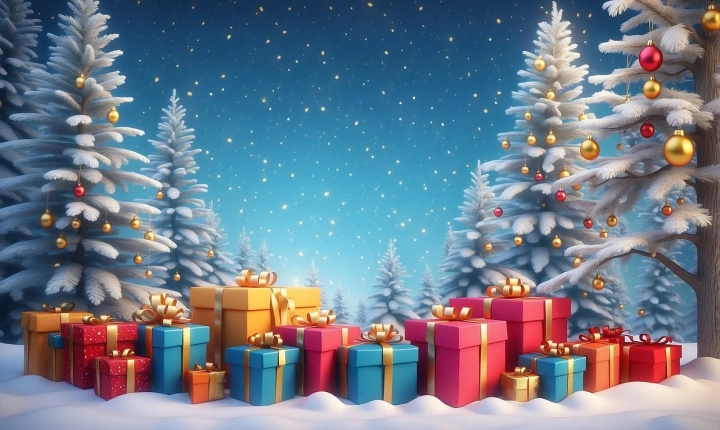Can ChatGPT create art? That’s a question that has been on the minds of many people as artificial intelligence (AI) continues to make vast strides in the creative world. ChatGPT is a language model developed by OpenAI that is capable of generating human-like text based on the input it receives. While it is primarily known for its ability to engage in conversations and generate written content, some have wondered whether it can extend its capabilities to the realm of art creation.
One important thing to note is that art is a deeply human endeavor, often driven by emotion, creativity, and personal expression. Many artists use their work as a means of communicating their thoughts, feelings, and experiences. The question then arises: can an AI system like ChatGPT truly tap into these aspects of the human experience?
When it comes to creating visual art, some AI systems have been developed to generate images based on certain parameters or references. These systems use sophisticated algorithms to create new, unique visuals, often in the style of famous artists or based on specific input. While ChatGPT is not specifically designed for visual art creation, it can certainly play a role in the creative process.
For example, artists and designers can use ChatGPT as a source of inspiration or as a tool for brainstorming ideas. By providing the language model with prompts or questions about specific artistic concepts, themes, or styles, creators can receive text-based suggestions, descriptions, or discussions that may spark new ideas or directions for their work. This can be particularly helpful for generating narratives, conceptualizing projects, or exploring different artistic perspectives.
In addition to visual art, ChatGPT can also be involved in the creation of literary works, poetry, and other forms of written art. Its ability to generate coherent and expressive text can aid writers and poets in drafting content, refining language, and exploring different writing styles. By engaging in conversations with ChatGPT, creators can receive feedback, prompts, or even collaborative input that may influence the direction of their creative endeavors.
It’s important to remember, however, that the role of AI in art creation is not without its controversies. Some argue that AI-generated art can never truly capture the depth of human emotion and experience, while others view it as a tool for expanding creative possibilities and exploring new frontiers in artistic expression.
Ultimately, the question of whether ChatGPT can do art comes down to the definition of art itself. If we consider art to be a form of expression, communication, and creativity, then AI systems like ChatGPT can certainly be involved in the artistic process. Whether it’s through generating visual concepts, inspiring new ideas, or providing literary input, ChatGPT has the potential to contribute to the ever-evolving landscape of art and creativity.
As technology continues to advance, the role of AI in art creation will undoubtedly be a topic of ongoing exploration and debate. Whether ChatGPT and similar systems can truly create art in the human sense remains to be seen, but their influence on the creative process is undeniable. The intersection of artificial intelligence and art promises to shape the future of artistic expression in ways that we are only beginning to comprehend.
